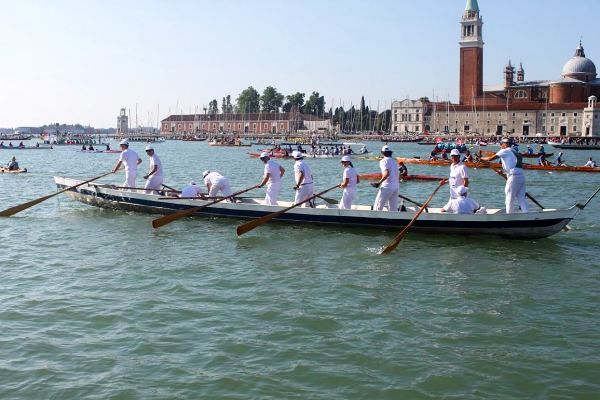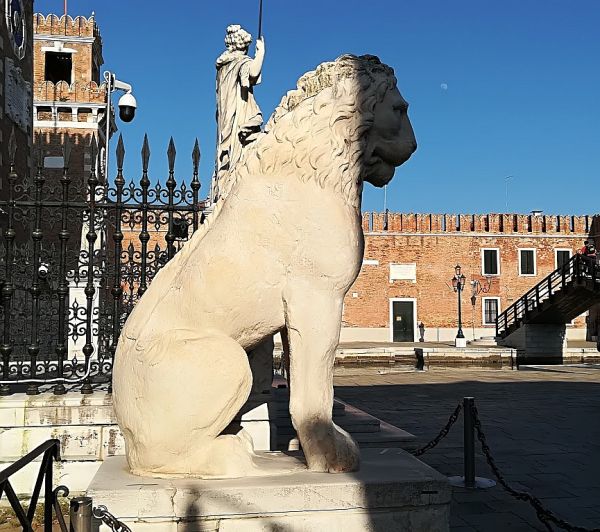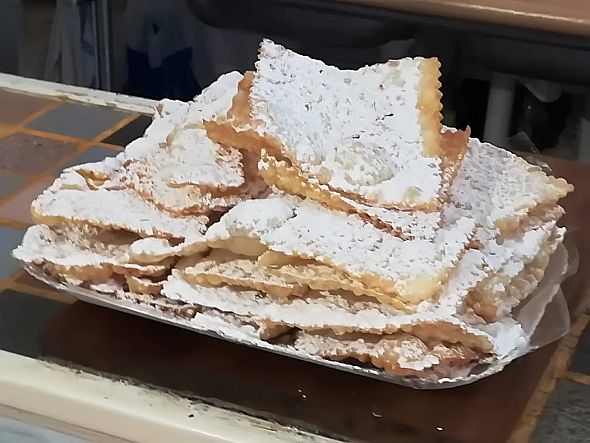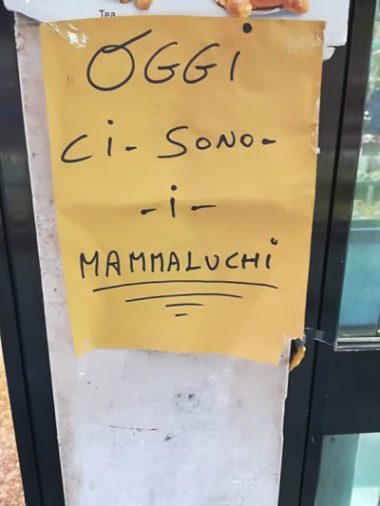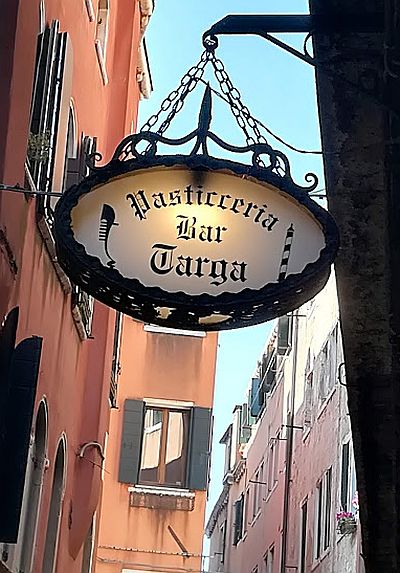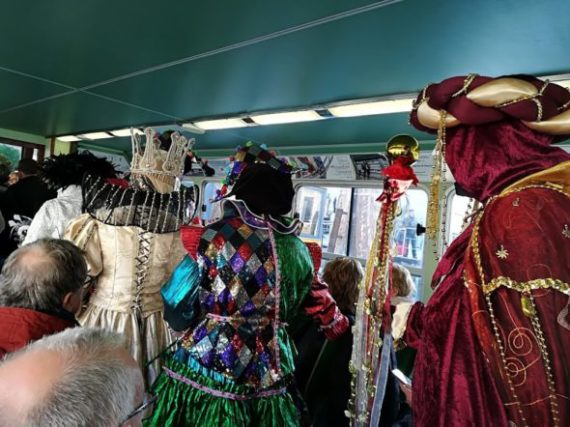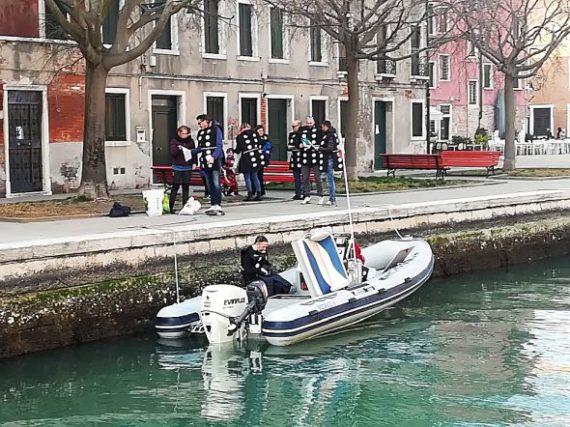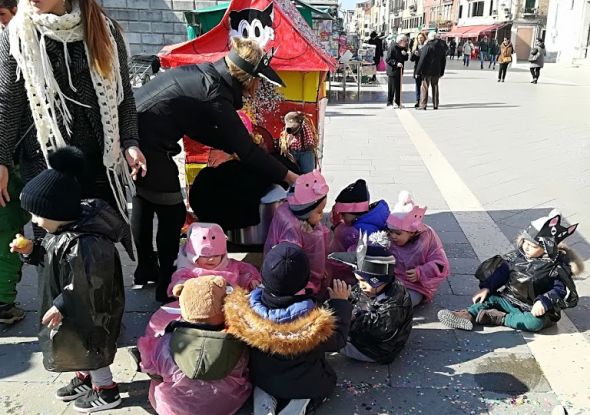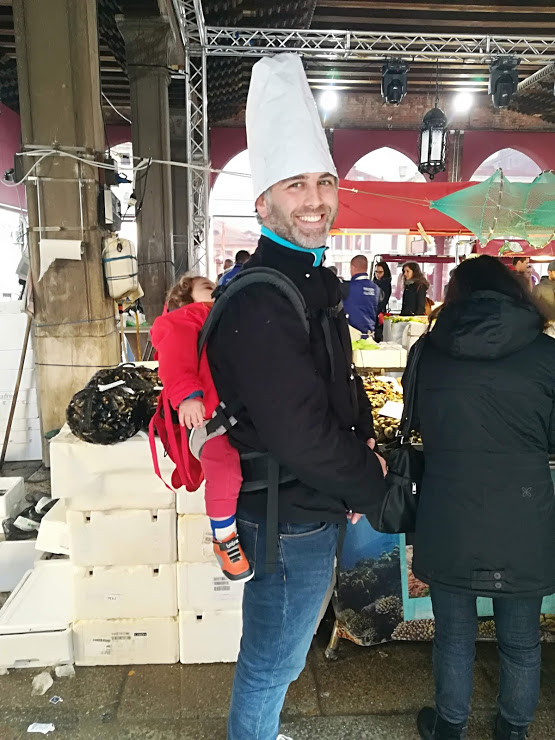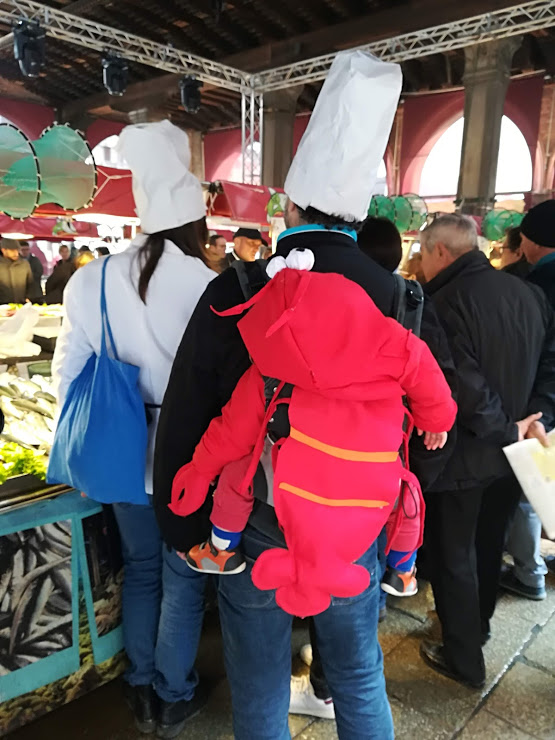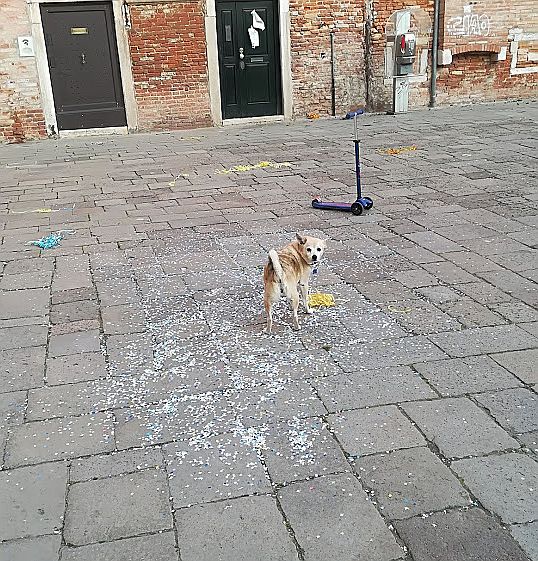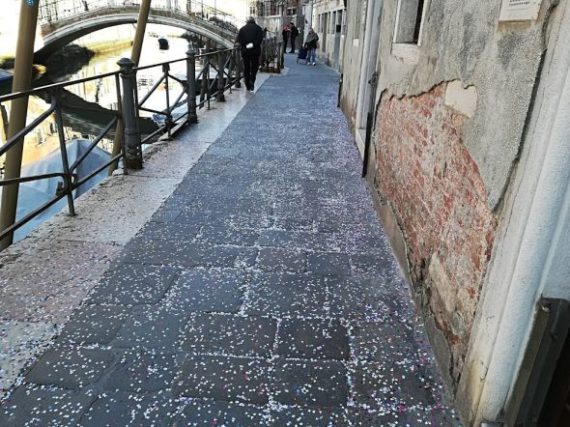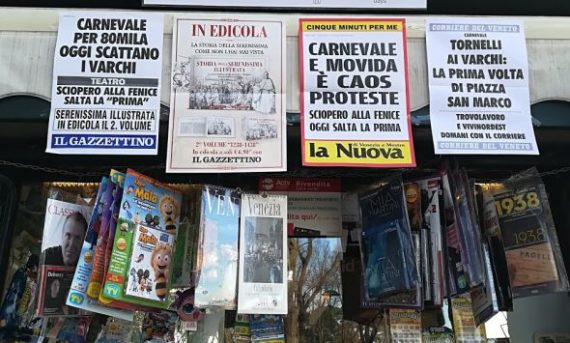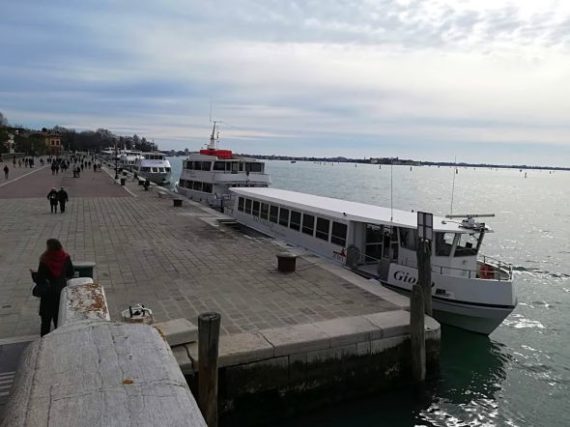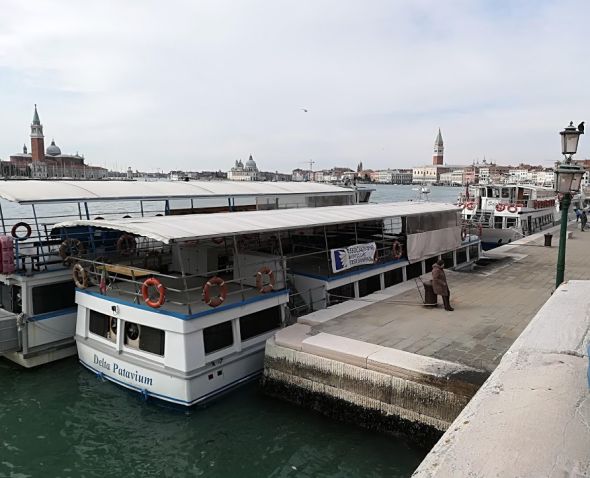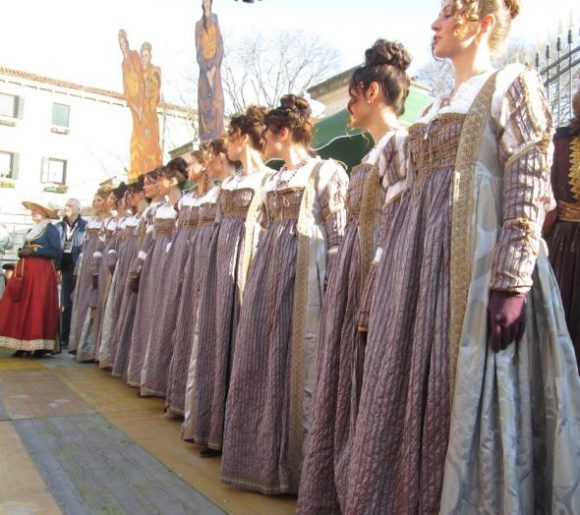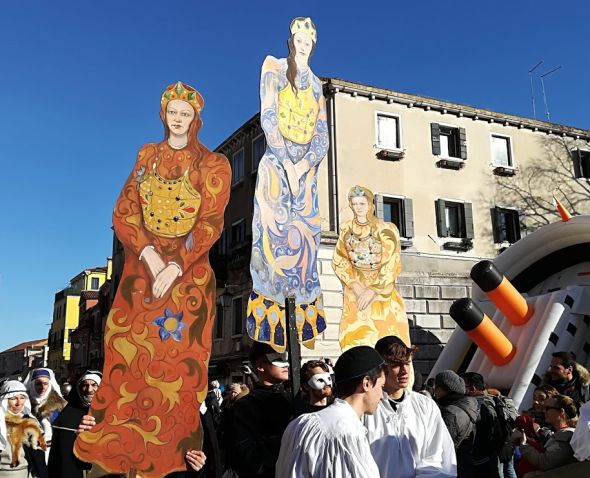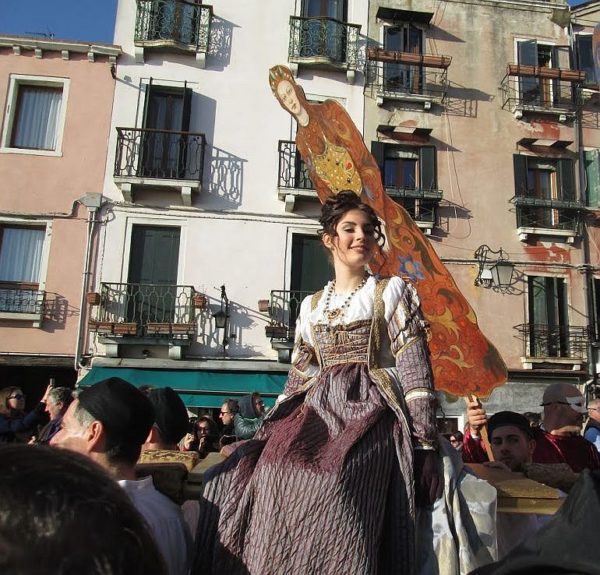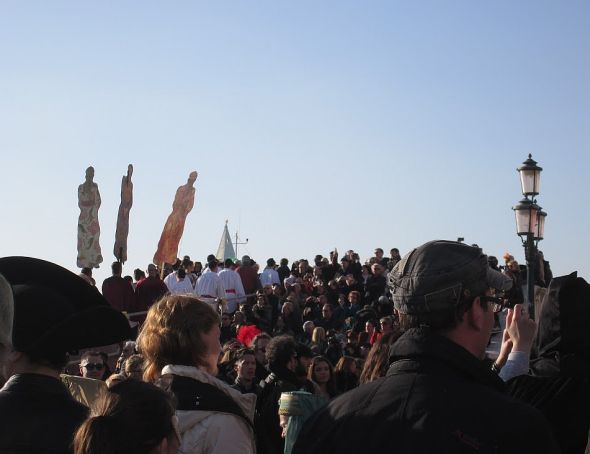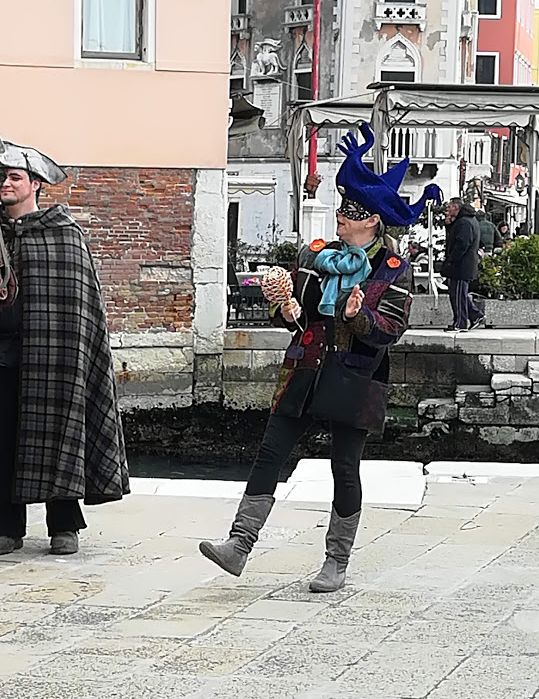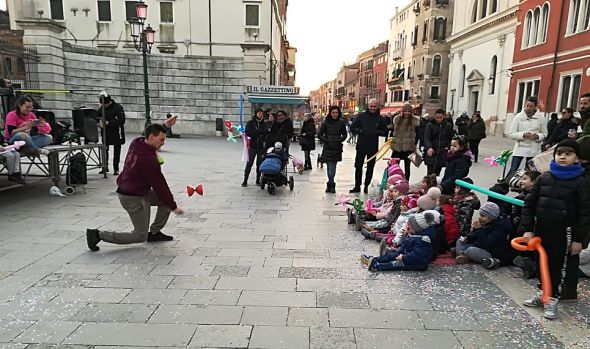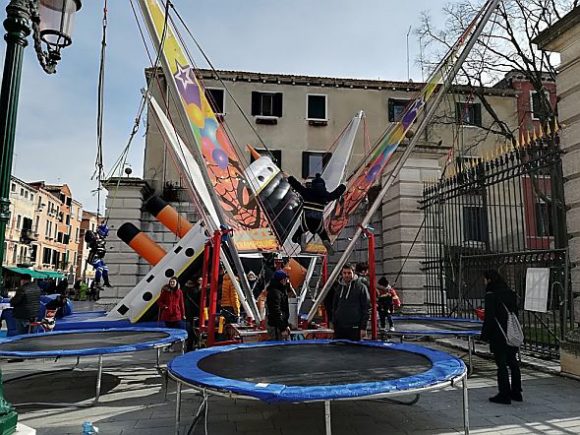Because my blog is centered on Venice, maybe you’re not very interested in news about the rest of Italy. But I’m going to take a chance, in order to pass on some updates that might help readers outside Europe see how this pandemic is developing.
The development — or not — of the COVID-19 virus depends almost exclusively on individuals and what they do, or decide not to do. Looking at you, young woman eating her hamburger at the Red Robin saying “And I’m going to take my sweet time about it. I’m an American. I can do anything I want.” There may be individuals in other countries who share her outlook, which is why I’m writing this post.
The Region of Lombardy, for whatever reason(s), is on the rack, and I do not refer to military bunks. As of 6:30 PM on March 18 (yesterday), the Veneto had the third-highest contagion count in Italy at 3,214. Second-highest was Emilia-Romagna at 4,525. Lombardy topped the list at almost four times that number: 17,713.
The city of Bergamo is at the point of collapse, medically speaking. The cemeteries are now full, and the Army has arrived to take 60 coffins away in their trucks to 12 other regions where they can be cremated and stored (I guess that’s what you’d call it) till all this is over and they can be interred back home. Fun fact: The crematoria at Bergamo, working 24 hours a day, can perform 25 cremations per day. Also, the funeral homes aren’t working at full speed because they, too, are beginning to lack healthy employees. I realize that being infected is not automatically a death sentence, but it’s still not something you want. Among other things, it may leave you with permanent lung damage (young hamburger woman).
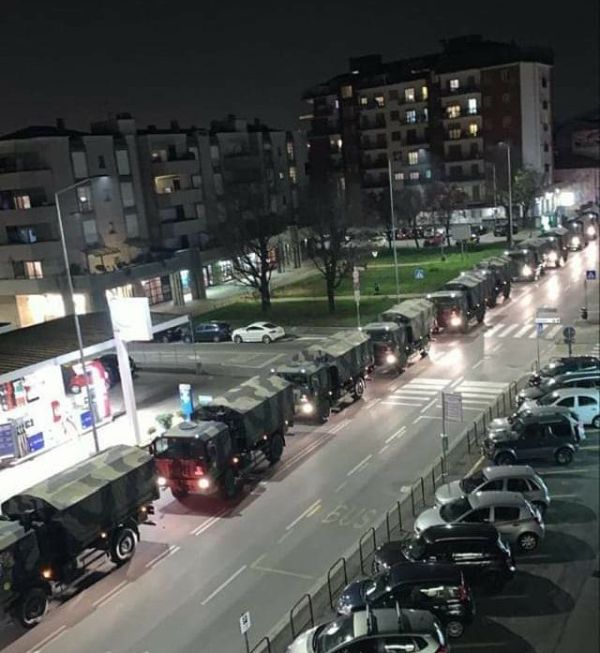
I’ve already reported that there is a form that each individual who goes out is required to fill out and show to whatever officer stops and asks where they’re going, and why. The three approved categories are “work, health, necessity” (for example, going to the supermarket or pharmacy, or to help your housebound old mother).
That form has been revised, and now includes the affirmation that you are not contagious, and that you know what the regulations are on maintaining the quarantine and the penalties for pooh-poohing them. The first part only applies to persons who have been swabbed, logically; persons (like me) who haven’t been swabbed, and therefore don’t know if they’re contagious, don’t risk prison, but are still going to get a fine.
Did I say prison? The government has had to turn the screw another 360 degrees, because not everyone in Italy is taking this seriously enough. Some 80,000 persons have been fined so far for being outdoors without any justification other than “I felt like going out.” Yesterday the Ministry of the Interior hypothesized sentences of up to 12 years in prison for anyone who tests positive being found outside. They will have been found guilty of a new crime termed “epidemia colposa,” corresponding in legal terms to “omicidio colposo,” or manslaughter.
We’re running low on doctors (and nurses) due to the increase in cases, exacerbated by the thinning of the ranks as the medical personnel become infected. The big commercial-fair center of Bergamo was supposed to be set up today as a field hospital, but that’s unlikely due to lack of doctors.
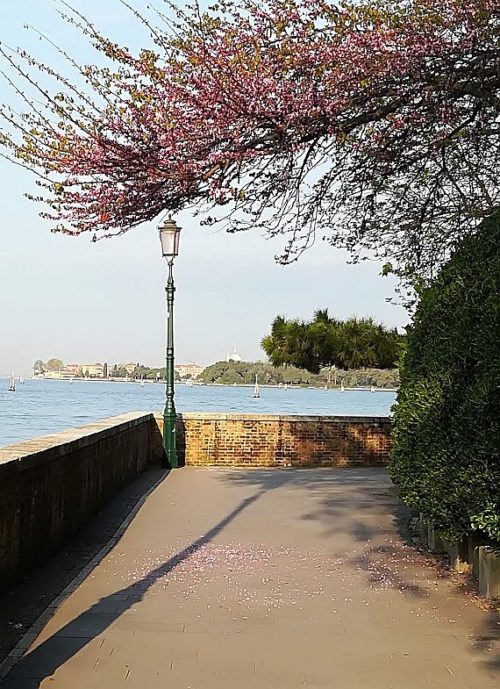
Happy news, though! A Chinese medical team of 24 doctors and technicians landed yesterday at Milan, along with 17 tons of medical supplies including 200,000 surgical masks, 200,000 regular masks, 5500 sterile coveralls, 3000 protective screens and 3300 protective glasses. There was also a batch of machinery, especially 30 ventilators which will be going straight to the ICUs. All this was donated by several Chinese provinces, particularly the people of Zhenjiang, the home town of many Chinese who are living in Italy. Most of this material is destined to stay in Lombardy, given that it needs the most help in stopping the advance of the contagion. The team is scheduled to stay here two weeks.
And more doctors are coming up in the fast lane. The medical schools have now been authorized to award a special diploma to their nearly-graduated medical students to put them to work now. That should amount to some 10,000 additional doctors.
Still, the shrinking hospital space is perilous. Beds are disappearing, even in the holding area of the Emergency Room. Doing their best, doctors in Milan sent a patient to a hospital in Lecce, down at the other end of Italy in the heel of the boot. That would be like sending a patient from Washington, DC to Atlanta just because there was a bed available. And there was a couple that was put into two separate hospitals (maybe not even in the same town; I’m beginning to lose track).
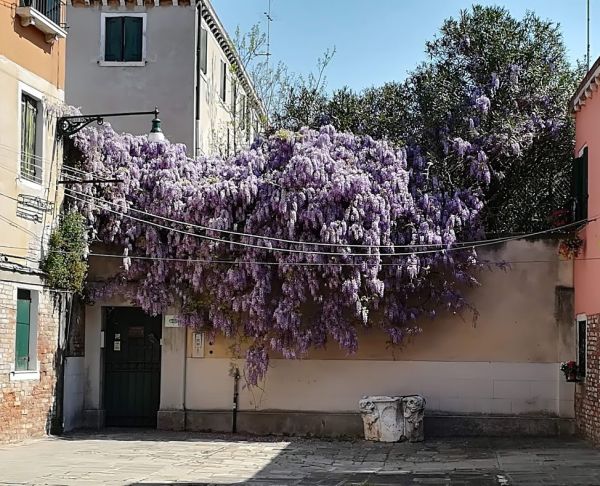
My impression for a while was that a large number of Italians are sticking with the program, and I think that’s true. But there are still way too many people who just can’t shed that “You mean me?” mentality. Today the news said that there have been 80,000 people reported for busting the confines of the three permitted categories. That’s 80,000 bright sparks too many. People outside, swanning around, without any approved justification for it. Riding bikes, running… “I have to feed the pigeons…” (not made up).
The border separating Italy from Slovenia goes straight through a town; on the Italian side, it’s Gorizia, and on the Slovenian side it’s Nova Gorica. The thirsty Goriziani have taken to bypassing the barriers that the Slovenian government installed at the border in order to get to the bars that have no inconvenient hours, nor do they impose any limits on the size of groups. The closest bar to Gorizia is at the former train station, a mere 30 meters (100 feet) from the border, and it is crammed with Italian people drinking literally elbow to elbow. There are groups of Italians who’ve gone skiing in France because the Italian slopes have closed for the season. In Reggio Calabria, 70 fines have been imposed in just two days. The gorgeous spring weather hasn’t been helping.
It continues to be repeated: Every person who is outside is either vulnerable to being infected, or able to infect someone else. You can’t stop the virus if you don’t stop the people. Especially GROUPS OF PEOPLE.

And yet yesterday, in the lovely town of Cassino, a group of 30 friends and neighbors in one apartment building decided to have a cookout on the roof terrace. Fire up the barbie and crack those brewskis, let’s party down. Except that someone in a nearby building detected the sounds and aromas of a large outdoor gathering and called the police.
Within minutes, the Polizia di Stato, the Carabinieri, and the Guardia di Finanza were all on the scene. Those minutes, though, were enough to allow some 20 revelers to flee to their own apartments and bolt the door, so when the officers of the law got to the roof, only ten people remained to be flattened by the hammer of justice. They were fined for having violated the government’s decrees on “not leaving your home for any reason other than work, health, or necessity.” I suppose somebody might have argued that the building was their home, but that argument wouldn’t have gotten them very far.
When the police left, the 10 victims went inside and got to work, rousting out their 20 perfidious friends. Fists and feet were flying. The police did not return.
Yesterday, the mayor of Delia, a town in Sicily, snapped. That will be the next post. It’s a doozy.

